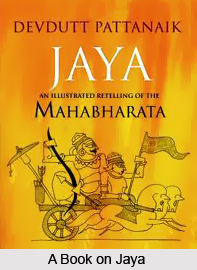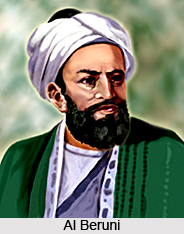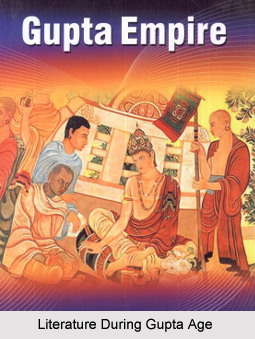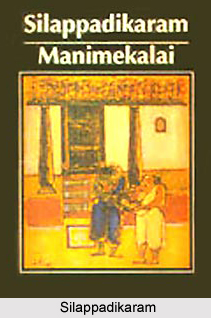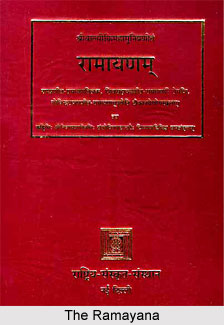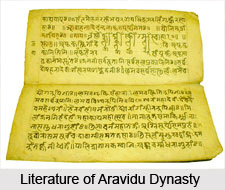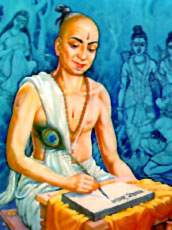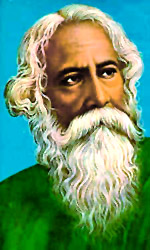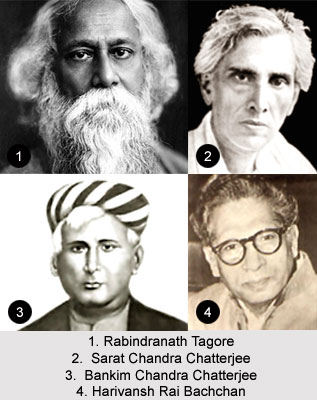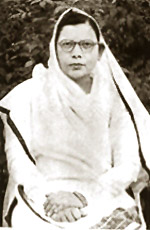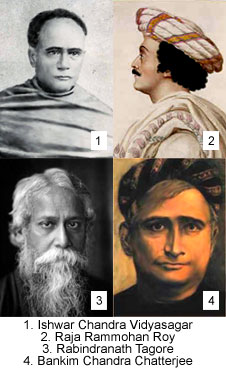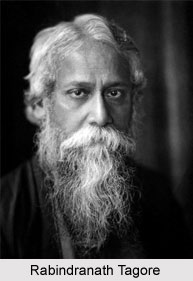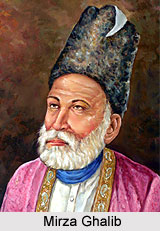 Medieval period in Urdu literature follows in close succession to its ancient counterpart, which can securely be stated as the period during which Urdu had gained its strong foothold in a predominant Hindu cultural India. However, after the language`s decisive and path-breaking initiation trial run, the time had come for Urdu to witness its further approval by the Indian cultural mass and class, who had started to take massive interest in the Arabic language. Medieval period of Urdu hence was flagged off by its tremendous spread to South India, by way of North India. The Sufi sages, with the help of Deccani rulers, were the prime motivators for the people of South to begin their fresh style of dialect and lexicon to call their own. As such, a new version of medieval Urdu literary period could be witnessed in the form of the Dakhini dialect, implying the `Southern speech`, spoken by people of north India migrating to the south.
Medieval period in Urdu literature follows in close succession to its ancient counterpart, which can securely be stated as the period during which Urdu had gained its strong foothold in a predominant Hindu cultural India. However, after the language`s decisive and path-breaking initiation trial run, the time had come for Urdu to witness its further approval by the Indian cultural mass and class, who had started to take massive interest in the Arabic language. Medieval period of Urdu hence was flagged off by its tremendous spread to South India, by way of North India. The Sufi sages, with the help of Deccani rulers, were the prime motivators for the people of South to begin their fresh style of dialect and lexicon to call their own. As such, a new version of medieval Urdu literary period could be witnessed in the form of the Dakhini dialect, implying the `Southern speech`, spoken by people of north India migrating to the south.
The other important writers of medieval period in Urdu literature in the Dakhni dialiect comprised Shah Miranji Shamsul Ushaq (Khush Nama and Khush Naghz), Shah Burhanuddin Janam, Mullah Wajhi (Qutb Mushtari and Sabras), Ghawasi (Saiful Mulook-O-Badi-Ul-Jamal and Tuti Nama), Ibn-e-Nishati (Phul Ban) and Tabai (Bhahram-O-Guldandam). Mullah Wajhi`s Sabras is deemed as a masterpiece of great literary and philosophical value. Vali Mohammed or Vali Dakhni (Diwan) was one of the most creative and inexhaustible Dakhni poets of the medieval period of Urdu in India. He was the man behind the scrupulous development of the form of the modern ghazal one is aware of now. When Vali Mohammad`s Diwan (Collection of Ghazals and other poetic genres) had reached Delhi, the poets of that Islam-dominated city who were engrossed in composing poetry in Persian language, were much impressed and also embarked on authoring poetry in Urdu, which they titled as Rekhta.
Urdu literature during its medieval period, in this context, however generally compiled more of poetry as opposed to prose. The prose element of medieval Urdu literature was predominantly restricted to the ancient form of long-epic stories, referred to as Daastaan. These long-epic stories would primarily address magical and otherwise fantastical creatures and events in an extremely perplexed plot.
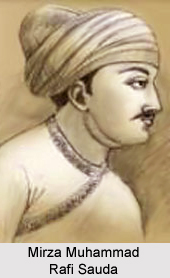 Shamsuddin Waliullah, a celebrated poet of the Dakhni dialect of Urdu literature during the medieval period, in fact had initiated the North Indian Urdu dialect in a vastly circulated manner. Other poets also joined in this new literary rush and began to come to Delhi afterwards. `Delhi Urdu` as a Muslim language thus was born in a ringing process. Court circuits, Persian and Arabic scholars and principally the Muslims of Delhi conformed to this language with much avidity, and from the end of the 18th century, the Mughal house virtually had inclined permanently towards Urdu. For the first 60 years or so authority and sway of the Dakhni poets, Sufi thinking and an Indian ness of diction had predominated over Urdu literature.
Shamsuddin Waliullah, a celebrated poet of the Dakhni dialect of Urdu literature during the medieval period, in fact had initiated the North Indian Urdu dialect in a vastly circulated manner. Other poets also joined in this new literary rush and began to come to Delhi afterwards. `Delhi Urdu` as a Muslim language thus was born in a ringing process. Court circuits, Persian and Arabic scholars and principally the Muslims of Delhi conformed to this language with much avidity, and from the end of the 18th century, the Mughal house virtually had inclined permanently towards Urdu. For the first 60 years or so authority and sway of the Dakhni poets, Sufi thinking and an Indian ness of diction had predominated over Urdu literature.
The medieval Urdu poetry indeed had matured under the dominating presence of Persian poetry. Unlike Hindi poetry, which had developed solely out from the Indian soil, Urdu poetry was initially nurtured and bred with Persian words and metaphors. Sirajuddin Ali Khan Arzu and Shaikh Sadullah Gulshan were the earliest boosters of Urdu language in North India. Sauda has been described as the principal and leading satirist of Urdu literature in the medieval period, spanning throughout the 18th century. His Shahr Ashob and Qasida Tazheek-e-Rozgar are considered as chefs-d`oeuvre of Urdu literature. Mir Hassan`s mathnavi Sihr-ul-Bayan and Mir Taqi Mir`s mathnavies had filled up much of the remaining absence of Urdu language in North India, furnishing a distinct Indian touch to the language.
The phrase `Four Pillars of Urdu` has pertinently been accredited to the four early poets of Urdu literature, precisely in the medieval period, including: Mirza Jan-i-Janan Mazhar (1699-1781) of Delhi, Mir Taqi (1720-1808) of Agra, Muhammad Rafi Sauda (1713-1780) and Mir Dard (1719-1785). During this period, Lucknow had become a contending centre for the patronage of Urdu literature, and masters of Urdu poetry received moral boost from the court of the Nawab. The last Mughal emperor, Bahadur Shah Zafar was a poet equipped with an exclusive style, characterised by complex rhymes, excessive word play and use of idiomatic language. The emperor indeed has composed four voluminous Diwans. Before the national uprising of 1857 (more respected as Sepoy Mutiny, the First War of Indian Independence), the reign of Bahadur Shah Zafar had witnessed the lush springing of Urdu poetry, immediately succeeded by the chilly winds of autumn. Shaik Ibrahim Zauq had served as the Bahadur Shah`s mentor in poetry. Next only to Muhammad Rafi Sauda, Shaik Ibrahim Zauq is considered the most spectacular composer of qasidas (panegyrics). Hakim Momin Khan Momin was in the habit to pen ghazals in a style distinctive to him. He had employed ghazal exclusively for expressing emotions of passion and affection.
Significantly enough, any account of Urdu literature during medieval period in India, forever remain incomplete without the mention of Mirza Asadullah Khan Ghalib (tremendously admired as Mirza Ghalib) (1797-1869), who is deemed the greatest of all the Urdu poets yet to have arrived to this universe. With his obsession and ardour for originality, Ghalib had ushered in a `renaissance` in Urdu poetry. A Sufi mystic, Mirza Ghalib penned both in Urdu and Persian and through his letters, ushered in an era of literary history and criticism. His humane feelings, Sufi sentiments, simplicity of lines and depth of observations made Ghalib the greatest Urdu and Persian poet.
